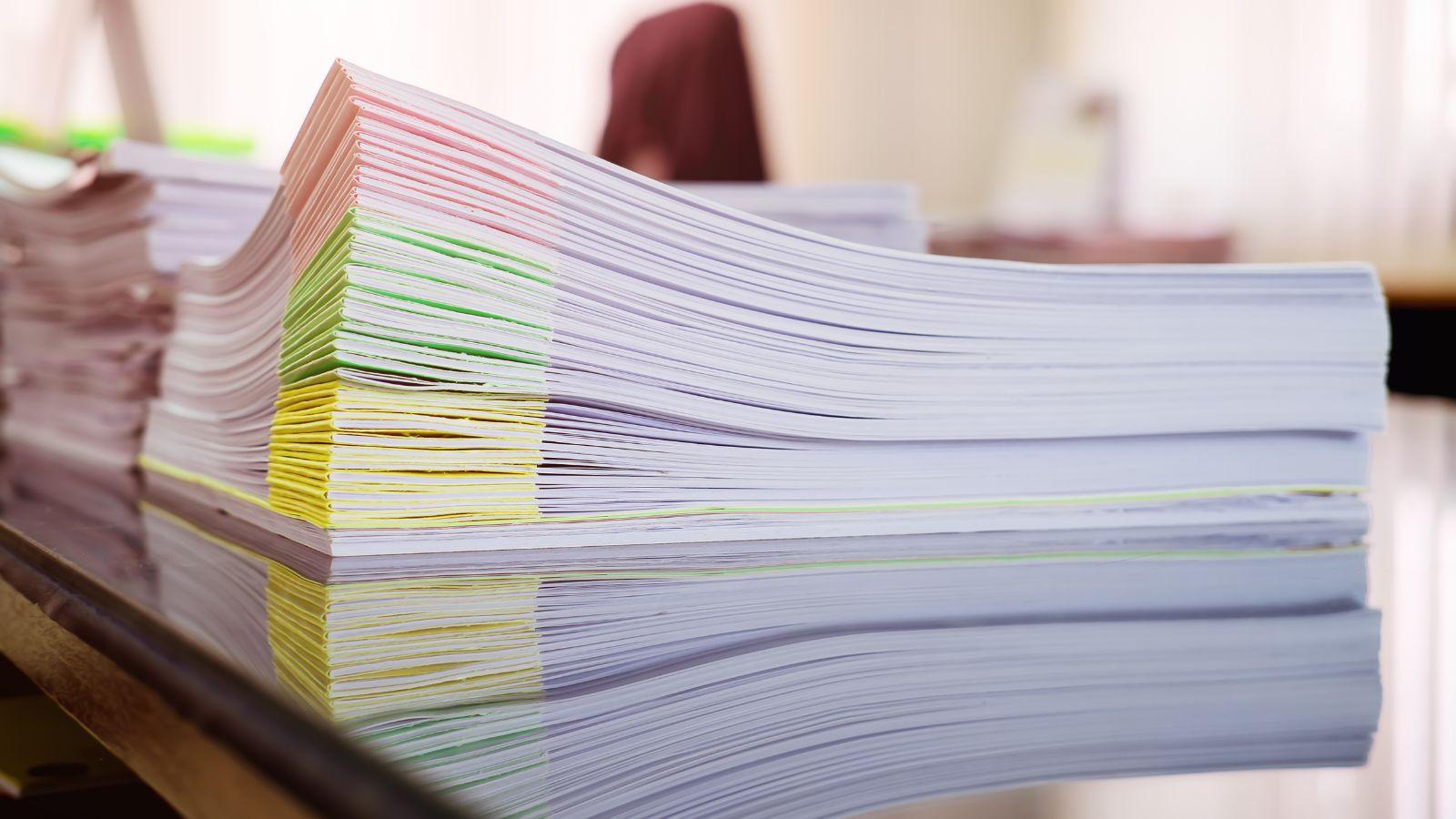Wisconsin school districts seek $1.45 billion in funding through referendum in Spring Election
Voters in 85 school districts - about a fifth of Wisconsin's 421 total districts - will be deciding on referendum questions Tuesday.

April 1, 2024 11:59 AM CDT
By: Jimmie Kaska
MADISON, Wis. (Civic Media) – The Spring Election could be a referendum on school referendums in Wisconsin.
All told, 92 referendum questions are on April 2 ballots, with 85 school districts, or about one-fifth of all school districts in Wisconsin, seeking an additional $1.45 billion for teachers, services, and facilities.
Including the spring primary’s 10 referendum questions, 102 total ballot measures were placed this spring. That’s more than the 83 questions last spring (with 46 passing).
The large number of questions on the ballot this spring means that Wisconsin has a chance of exceeding the record 166 referendum questions asked in 2022, of which 135 passed. That’s because Wisconsin still has an August primary and November election for schools to place ballot measures.
Of the 102 referenda, 68 are recurring or non-recurring operational questions. The remaining 34 are issue debt questions, which are asked when school districts seek a larger, one-time fund to build or renovate facilities.
For the 34 facility projects, districts sought nearly $1 billion in additional local taxpayer money to update their campuses – a total of $988,585,000, according to data from the Department of Public Instruction. Of the five such questions asked during the spring primary, two — Cumberland at nearly $33 million and River Falls at $28 million — passed, while voters rejected a nearly $92 million, two-part referendum in Waterford and $35.8 district project in Shiocton.
For the spring election alone, 28 districts are seeking just under $800 million for facility projects, with one district — River Valley — asking two different facility questions. The debt referenda range from large (over $113 million at New Richmond and $102 million at Mukwonago) to small ($2.3 million at Iola-Scandinavia).
The remaining 68 total questions between the primary and election, with 63 of them appearing on April 2nd ballots, are for recurring or non-recurring operational referenda. Those questions are asked when a district seeks to exceed its levy authority to help pay for teachers, services, and costs. Operational referenda questions have been asked by nearly every school district in the state since they became an option for school funding, according to DPI data.
The operational referenda on the spring primary ballot went 2-for-5, with Burlington, Wilmot, and Menomonie failing in their measures while Shiocton and River Falls passed. For the spring election, Milwaukee’s $252 million operational referendum is by far the most expensive to taxpayers.
All told, between both the spring primary and spring election in 2024, districts are seeking $1.67 billion in additional local taxes to pay for school services, teachers, and facilities. Of that, $1.45 billion will be on the spring election ballots April 2.
The DPI says that 100 of the state’s 421 districts get at least 10% of their revenue limit from non-recurring operational referendum, with the number expected to grow in the next fiscal year. Last year, there were only 80 districts at that threshold, and 10 years ago, just 36 districts were north of the 10% mark. 14 districts get at least a quarter of their funding from referenda.
Since the option to ask to exceed revenue limits was given to districts in the 1990’s, 357, or 85%, of districts have tried for an operational referendum. 20% of the state’s district have used operational referendum questions six times or more. All time, voters have approved 877 of 1,513 operating referenda through 2023, or 58%, according to data from the DPI.
Two factors are contributing to the increase in referenda. Funding for public education largely comes from state aid and local property taxes, which are capped by statute. The state provides nearly half of the funding for education. However, state aid hasn’t kept up with inflation.
The other factor, one that members of the state legislature point to in response to efforts to increase public education funding, is that around two-thirds of Wisconsin school districts are declining in enrollment. The impact is particularly notable at rural districts, where there is less room to cut expenses since most of the district’s costs to operate are tied to facilities and a required number of staff.
All told, operational referendum funding currently makes up over 5% of total education funding in Wisconsin, according to DPI data.
Another factor unique to this year is the expiration of COVID-19 funding from the federal government. The program, called ESSER, called for all funds to be spent by the end of the current fiscal year.
To see which districts are asking a referendum question in either February or April of 2024, you can visit the DPI website. You can see all past referenda results on the DPI’s website.
More Articles
Village of Waukesha named one of America’s top retirement spots in a new study
Emerald Ash Borer Spreads Throughout Northwest Wisconsin
President Biden visits southeastern Wisconsin to tout Microsoft investment
WISS and WGBW win Wisconsin Broadcasters Association Awards
Neville Public Museum offers summer camps for kids.
